Why Supporting the Microbiome Matters
Nurturing Your Microbiome: Practical Tips
How do I know how healthy my microbiome is? If you have ever had a visit at Rooted Family Medicine you have heard Dr. Ariel talk about the happy pooping box! This is a great tool to help decide if your gut is in order. The happy pooping box:
0 Comments
Many women come into my office wondering if they have hypothyroidism. Here I have included common symptoms and my favorite lab tests to assess thyroid.
This is a starting guide and with all health problems, individual assessment is important and essential for quality care. HYPOTHYROID (most common thyroid problem) Symptoms include:
HYPERTHYROID (less common thyroid problem) Symptoms include:
Dr. Ariel's Favorite Testing to Assess Thyroid Function (with Ideal Ranges):
What if all your thyroid tests are normal but you still feel like you have hypothyroid symptoms? Then a proper naturopathic assessment is needed of the below areas:
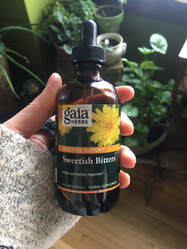 What if I told you acid reflux actually can be related to low stomach acid?! Many of us have been led to believe that acid reflux is a condition of too much stomach acid. I actually treat it regularly as a condition of not enough stomach acid. Let me explain. Generally the stomach desires to be a place of high acidity. It’s meant to be that way! When there is proper acidity levels, the acid works to break down your food, so it can be assimilated in your lower digestive tract. When there are proper levels of acid in the stomach, the acid comes up and touches the lower esophageal sphincter (the gateway between the esophagus and the stomach). When acid touches the sphincter, it automatically closes. If there is not enough acid in the stomach, the sphincter doesn’t close all the way and this creates many acid reflux symptoms. There is a small subset of folks who do have too much stomach acid, but this is less common. While proton pump inhibitors (like Prilosec, Nexium, and Protonix) and acid reducers (like Tums and Rolaids) can help reduce the symptoms of acid reflux, very rarely do they treat the root of the problem. Therefore requiring the patient to need to keep using them to manage the symptoms. I treat acid reflux successfully in my practice often. Let’s start with the basics. There are certain foods and beverages that can irritate the digestive system. Common trigger foods include: Coffee, Chocolate, Refined Carbohydrates, Tomatoes, Oranges, Pop (soda), Alcohol, and Peppermint. Eating a lot of food before bed can also be problematic. I often tell my patients to pay attention to the list above. It does not necessarily mean that you are sensitive to everything or you can never eat it again. Only it is worthwhile to pay attention to how you feel when you ingest these foods/drinks. It’s also important to be conscious of how you are eating. Eating in a stressed environment (i.e. behind your desk frantically typing emails or while driving) can cause blood to go to your muscles. While, eating in a relaxed environment causes blood to shunt to the abdomen to help with digestion. It is also important to chew your food properly to help break it down. When working with patients with suspected low stomach acid, I have common treatments that I have found to be helpful. First, I like to calm the inflammation and assist the digestive process. I often do this with some version of digestive enzymes and demulcent herbs. Demulcent herbs have a mucusy like function that coats the esophagus and stomach lining. Next, I like to stimulate acid production. This can be done with using some form of bitters. When thinking of bitters, I like to think back to when we started meals with a dark green leafy salad. This bitter salad was often served before the meal to help stimulate your stomach in the production of acid. Bitters can be used in a variety of ways, through bitter foods, drinks, or tinctures. I often like to use a combination of bitter herbs that is made to be more palatable. Some people will use apple cider vinegar or small amounts of lemon or lime juice. Note: some people with excessive yeast issues, can have issues with apple cider vinegar. The taste of the bitterness on the tongue is part of what stimulates the acid production. I usually have people do these two treatments regularly with each of their meals. Using this protocol, I have weaned many patients off of proton pump inhibitors and regular use of Tums or Rolaids. The great news is they don’t have to continue this protocol forever. Of course this protocol does not work for everyone. Nothing in medicine is that simple! I often say that this protocol works well for about 80% of my patients. The other 20% have a different problem that needs to be addressed first. Variables of this problem could include a hiatal hernia, digestive microbiome imbalances, and a common condition called SIBO. Further testing can help identify the path for the individual. Please locate a trained naturopathic doctor to guide you through this process, as not everyone is able to do it at the same pace. 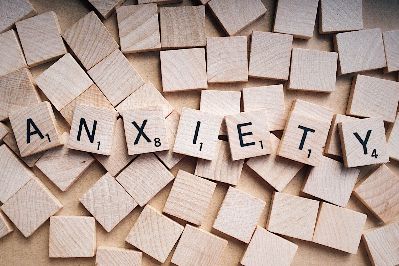 After six years in practice, I’m still continuously surprised by how many women are anemic. This is important because anemia can cause symptoms of depression and anxiety. There are multiple forms of anemias including iron deficiency anemia and vitamin B12 and Folate deficiency anemia. Women have a higher tendency towards iron deficiency anemia because of blood loss during menstrual periods. “But I’ve been checked”, you might say, “my hemoglobin was normal.” Many conventional care practitioners are only looking at a hemoglobin level to check for an iron deficiency anemia. While this is a valuable test, I find a ferritin to be more indicative of quality-of-life in my patients. I prefer a hemoglobin to be in the range of 13.5 to 14.5 and a ferritin in the range of 50 to 100 in menstruating women. Any ferritin under 30, I consider to be anemic. Anything under 20, I consider an "under the floor" functioning level. Common signs of iron deficiency anemia include:
If an iron deficiency is discovered, it’s important to note that the next step is not to just supplement iron. I prefer to ask WHY. Why are you anemic? My starting list to investigate usually includes: heavy menstrual periods, a vegetarian diet or a diet low in high iron foods, celiac disease or gluten sensitivity, digestive issues (constipation, diarrhea, abdominal pain), and/or chronic infections. It is possible to have multiple issues contributing at once. Supplementing iron should always be done with care. It is possible to supplement too much iron. I like to monitor ferritin and other iron markers while treating with iron and getting to the root cause of the issue. Talk to your doctor to see if checking for an anemia could help you. 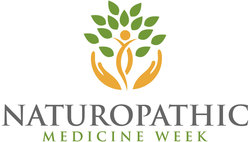 In celebration of Naturopathic Medicine Week (October 5-11) we are running a video contest for the patients of naturopathic doctors. You get a chance to make a quick video and let the world know why you love your ND! One submission will be randomly chosen as our winner to receive a complimentary 60 minute craniosacral with the one and only Dr. Ariel. How to enter:
1. Create a 30 second video that highlights why you love your ND or how Naturopathic Medicine has helped you. 2. Upload your video to YouTube 3. Email [email protected] with a link to your video 4. Sit back and wait to hear if you have won! 5. Submission deadline is October 1st by 5pm and the winner will be announced via social media on October 2nd. Your video will likely end up on our social media and website and will eventually make it to the website for the Minnesota Association of Naturopathic Physicians. Thank you for doing your part to help raise awareness for this important health care option. To get started uploading videos on YouTube from your desktop, follow the steps below: 1. Sign into YouTube (they now use your google account) 2. Click the Upload button at the top of the page. 3. Before you start uploading the video you can chose the video privacy settings, make sure your video is set to “public”. 4. Select the video you'd like to upload from your computer. 5. Click Publish to finish uploading a public video to YouTube. 6. Once the upload is completed YouTube will send you an email to notify you that your video is done uploading and processing. Simply forward this to r[email protected]
As requested from a recent medicinal herb walk, here is a list of some of my favorite herb books and authors.  Medicinal Plant Books:
Of course this is just a short list of my favorites and I am always finding more. If you have a favorite list it in the comments below!  Image provided by photographer Destiny Skubis Image provided by photographer Destiny Skubis Let's talk sleep hygiene. If you have never heard this term before, let me introduce you. Just as we need proper body hygiene to prevent illness and promote health, we can also look at our sleep habits to make sure they are setting us up for optimal health during the day. During sleep our brains process the events of the day and cement memories as well as clean out thoughts we don't need anymore. Support your sleep and your brain by adopting these habits below.
If you are still having trouble falling asleep and maintaining sleep see your healthcare provider for further support. Naturopathic medicine has supportive therapies that can assist you in your change to healthy sleep patterns. This is a short summary for more a very detailed blog with more information check out: Once you try them you'll never go back. Kale chips might just become your new favorite snack. Don't worry, you won't have to feel bad about this addicting treat - because it's good for you! 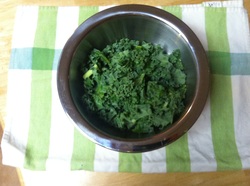 Kale is high in many great nutrients like vitamins A, C, and K, calcium, and manganese. It's anti-inflammatory and anti-carcinogenic! Many studies have now shown that food sources of nutrients are better than supplements. Check out the two articles below to read more information about this. 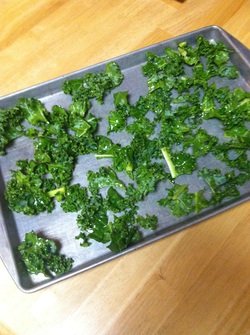 Recipe: Adapted from other recipes and a personal obsession with making Kale Chips Ingredients: 1 Bunch of Kale 1-2 Tbsp of Olive Oil (depending on amount of kale used) Salt to taste 1. Preheat the oven to 350 degrees. 2. Rip or cut your kale into bite size pieces. 3. Toss the kale, olive oil, and salt to taste in a bowel. 4. Spread the kale out in one layer on a baking sheet. 5. Bake for 5-8 minutes or until cripsy. 6. ENJOY THE DELICIOUSNESS This recipe can also be adapted and made with Brussels sprouts! 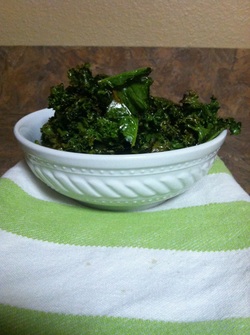 Resources: About the wonders of kale:
Articles on food as best nutrient sources: Looking for ways to manage your weight? Proper sleeping habits can help! What the studies show:
Sources: WebMD Article on healthmeup.com based on a study by the International Journal of Obestity |
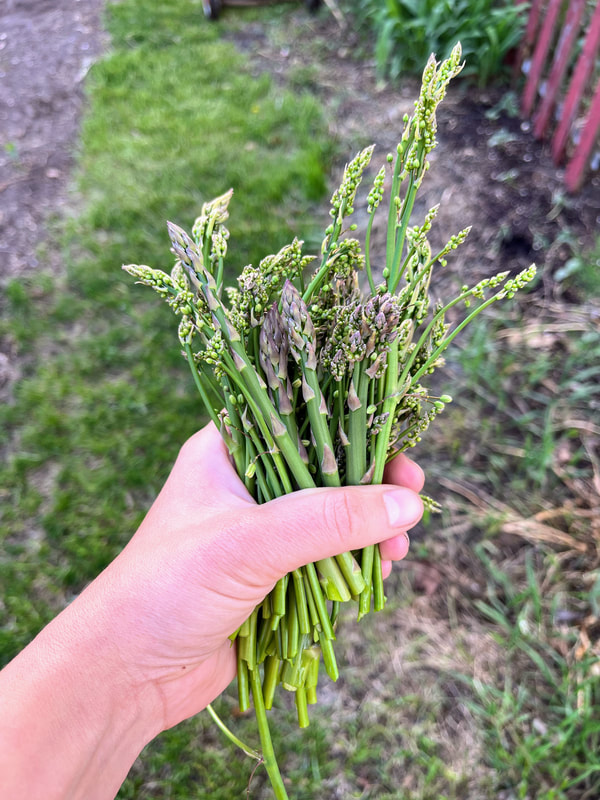


 RSS Feed
RSS Feed
